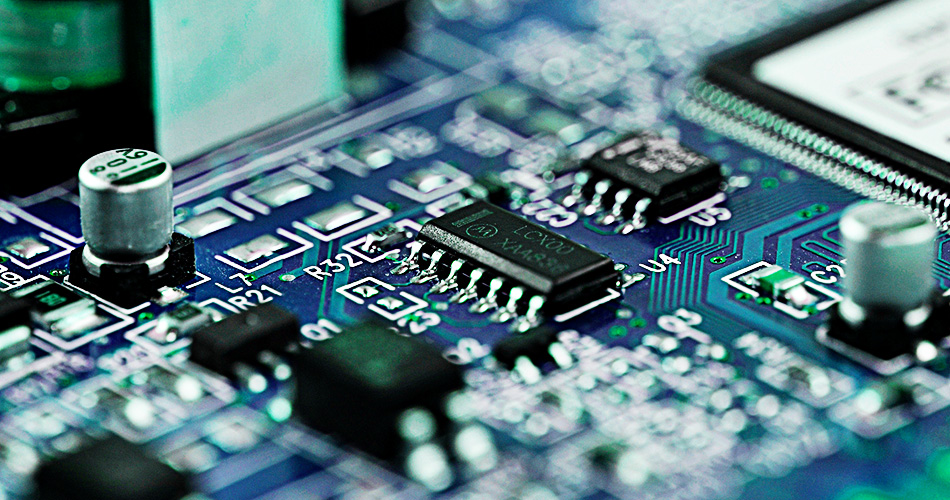- English
- Español
- Português
- русский
- Français
- 日本語
- Deutsch
- tiếng Việt
- Italiano
- Nederlands
- ภาษาไทย
- Polski
- 한국어
- Svenska
- magyar
- Malay
- বাংলা ভাষার
- Dansk
- Suomi
- हिन्दी
- Pilipino
- Türkçe
- Gaeilge
- العربية
- Indonesia
- Norsk
- تمل
- český
- ελληνικά
- український
- Javanese
- فارسی
- தமிழ்
- తెలుగు
- नेपाली
- Burmese
- български
- ລາວ
- Latine
- Қазақша
- Euskal
- Azərbaycan
- Slovenský jazyk
- Македонски
- Lietuvos
- Eesti Keel
- Română
- Slovenski
- मराठी
- Srpski језик
Material selection in PCBA processing
2024-11-01
PCBA processing (Printed Circuit Board Assembly) is an important link in the electronics manufacturing industry. The selection of materials is crucial in PCBA processing. It not only affects the performance and reliability of the product, but is also directly related to production costs and environmental protection requirements. This article will explore in detail the material selection strategy and key considerations in PCBA processing.

1. Substrate materials
1.1 FR4 material
FR4 is the most commonly used PCB substrate material, which is a composite of glass fiber and epoxy resin and has good insulation properties, mechanical strength and heat resistance. It is suitable for most electronic products, especially consumer electronics.
1.2 High-frequency materials
For high-frequency circuit boards, such as radio frequency (RF) and microwave communication equipment, high-frequency materials with low dielectric constant and low loss factor are required. Common high-frequency materials include PTFE (polytetrafluoroethylene) and ceramic substrates, which can ensure signal integrity and transmission efficiency.
1.3 Metal substrates
Metal substrates are often used in high-power electronic devices that require good heat dissipation performance, such as LED lighting and power modules. Aluminum substrate and copper substrate are common metal substrate materials. They have excellent thermal conductivity, which can effectively reduce the operating temperature of components and improve the reliability and life of products.
2. Conductive materials
2.1 Copper foil
Copper foil is the main conductive material on PCB boards, with good conductivity and ductility. According to the thickness, copper foil is divided into standard thick copper foil and ultra-thin copper foil. Thick copper foil is suitable for high-current circuits, while ultra-thin copper foil is used for high-density fine circuits.
2.2 Metal plating
In order to improve soldering performance and oxidation resistance, copper foil on PCB boards usually needs surface treatment. Common surface treatment methods include gold plating, silver plating and tin plating. The gold plating layer has excellent conductivity and corrosion resistance, which is suitable for high-performance circuit boards; the tin plating layer is often used in general consumer electronic products.
3. Insulating materials
3.1 Prepreg
Prepreg is a key insulating material for making multi-layer PCB boards. It is a mixture of glass fiber cloth and resin. It is cured by heating during the lamination process to form a solid insulating layer. Different types of prepregs have different dielectric constants and heat resistance, and the appropriate material can be selected according to the specific application.
3.2 Resin materials
In some special applications, such as flexible circuit boards and rigid-flexible boards, special resin materials are used as insulating layers. These materials include polyimide (PI), polyethylene terephthalate (PET), etc., which have good flexibility and heat resistance and are suitable for electronic devices that need to be bent and folded.
4. Soldering materials
4.1 Lead-free solder
With the strict implementation of environmental regulations, traditional lead-tin solders are gradually replaced by lead-free solders. Lead-free solders are commonly used tin-silver-copper (SAC) alloys, which have good soldering performance and environmental protection characteristics. Choosing the right lead-free solder can ensure soldering quality and environmental protection requirements.
4.2 Solder paste and solder rod
Solder paste and solder rod are key materials used in the soldering process of SMT patches and THT plug-ins. Solder paste consists of tin powder and flux, which is screen-printed onto PCB pads; solder rods are used for wave soldering and manual soldering. Choosing appropriate solder paste and soldering rod can improve soldering efficiency and solder joint quality.
5. Environmentally friendly materials
5.1 Low VOC materials
During the PCBA processing process, choosing materials with low volatile organic compounds (VOC) can reduce harm to the environment and human body. Low VOC materials include halogen-free substrates, lead-free solders and environmentally friendly fluxes, which meet the requirements of environmental regulations.
5.2 Degradable materials
In order to meet the challenges of electronic waste disposal, more and more PCBA processing companies have begun to adopt degradable materials. These materials can be naturally degraded after the end of their service life, reducing environmental pollution. Choosing degradable materials not only helps environmental protection, but also enhances the company's social responsibility image.
Conclusion
In PCBA processing, material selection is an important link to ensure product performance, reliability and environmental protection requirements. By reasonably selecting substrate materials, conductive materials, insulating materials and soldering materials, production efficiency and product quality can be improved, and production costs and environmental impact can be reduced. In the future, with the continuous advancement of science and technology and the improvement of environmental awareness, the material selection in PCBA processing will be more diversified and environmentally friendly, bringing more innovations and opportunities to the electronics manufacturing industry.
-
Delivery Service






-
Payment Options









